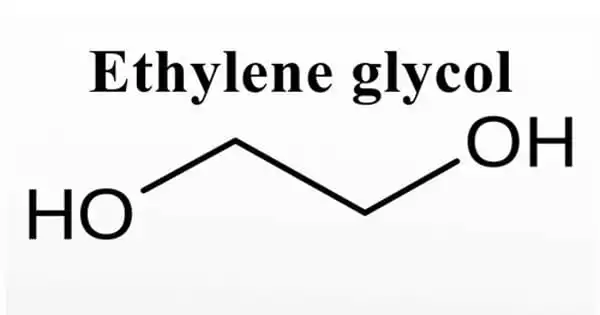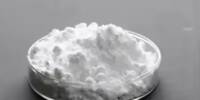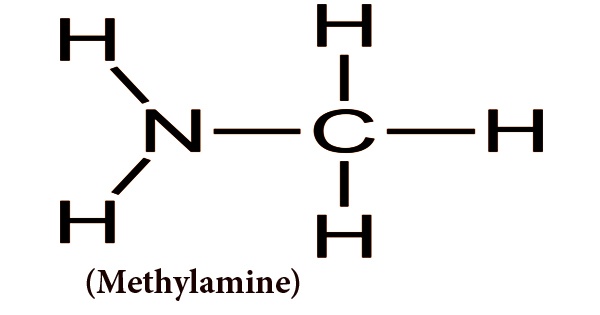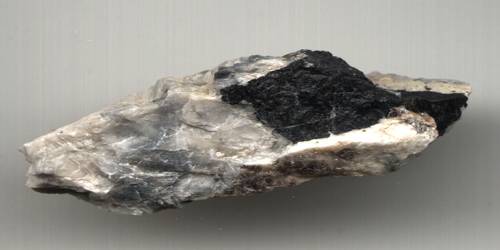Bismuth telluride (Bi2Te3) is a gray powder that is a bismuth and tellurium compound. It is a compound of bismuth and tellurium, with a layered structure that makes it a topological insulator. It is also known as bismuth(III) telluride. It is a semiconductor that is an efficient thermoelectric material for refrigeration or portable power generation when alloyed with antimony or selenium. Because Bi2Te3 is a topological insulator, its physical properties vary with thickness. It has been extensively studied due to its unique thermoelectric properties, which make it a promising material for thermoelectric applications.
Bismuth telluride is a layered semiconductor with a narrow gap and a trigonal unit cell. The structure of the valence and conduction bands can be described as a many-ellipsoidal model with six constant-energy ellipsoids centered on the reflection planes.
Because of Van der Waals bonding between tellurium atoms, Bi2Te3 cleaves easily along the trigonal axis. As a result, materials based on bismuth-telluride must be polycrystalline when used in power generation or cooling applications. Furthermore, the Seebeck coefficient of bulk Bi2Te3 becomes compensated near room temperature, necessitating the use of an alloy of bismuth, antimony, tellurium, and selenium in power-generation devices.
Properties
- Electrical conductivity: It has high electrical conductivity due to its ability to conduct electrons well. This property makes it useful in electronic and optical components.
- Thermoelectric properties: It has a high Seebeck coefficient, which means that it is able to generate an electric voltage when subjected to a temperature gradient. This property makes it useful in thermoelectric devices, which convert heat into electricity.
- High melting point: It has a high melting point of 1024 °C, which makes it useful in high-temperature applications.
- Low thermal conductivity: It has a low thermal conductivity, which means that it is a good thermal insulator. This property makes it useful in thermoelectric cooling, which relies on the Peltier effect to transfer heat from one side of the material to the other.
Occurrence and preparation
Tellurobismuthite is a moderately rare mineral form of Bi2Te3. Many natural bismuth tellurides of various stoichiometry exist, as do compounds of the Bi-Te-S-(Se) system, such as Bi2Te2S (tetradymite).
Bismuth telluride is easily made by sealing mixed bismuth and tellurium metal powders in a quartz tube under vacuum (critical, as an unsealed or leaking sample may explode in a furnace) and heating it to 800 °C in a muffle furnace.
Application
Bismuth telluride has also been studied for its topological properties, which arise from its electronic band structure. It is a topological insulator, meaning that it has a bulk band gap but gapless surface states that are protected by topology. These surface states have been found to be robust against disorder and impurities, making bismuth telluride a promising material for future electronic and spintronic applications.
















